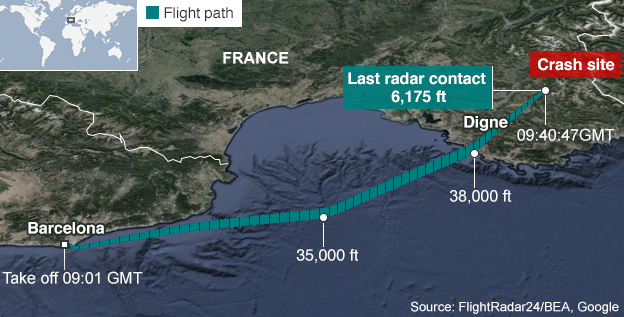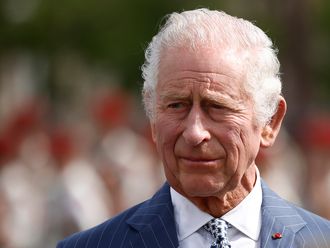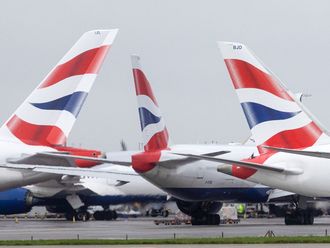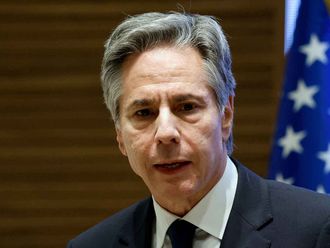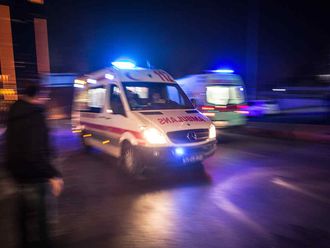
Paris: Investigators revealed that the co-pilot of the Germanwings plane which crashed in the French Alps in March may have practised a rapid descent on a previous flight.
The report, prepared by French investigators, said Andreas Lubitz repeatedly set the plane into an unauthorised descent earlier that day. Lubitz is suspected of deliberately crashing the Airbus 320, killing all 150 people on board.
The plane had been flying from Barcelona to Duesseldorf on 24 March.
The report by said: "Several altitude selections towards 100 ft were recorded during descent on the flight that preceded the accident flight, while the co-pilot was alone in the cockpit."
The descent occurred on the plane's outbound flight from Duesseldorf to Barcelona on the same day, the report said.
Earlier, German newspaper Bild quoted sources close to the investigation as saying that Lubitz tried a "controlled, minute-long descent for which there was no aeronautical reason".
The co-pilot is known to have suffered depression in the past.
Last month, German prosecutors revealed that Lubitz had researched suicide methods and the security of cockpit doors. Voice recorder findings suggest he locked the pilot out of the cockpit on the doomed flight.
Muffled voice
The report revealed that the moment of crash: "At 9:41:06, the CVR recording stopped at the moment of the collision with the terrain."
"At 9:37:13 a muffled voice asks for the door to be opened" and "noises similar to violent blows on the cockpit door were recorded on five occasions between 9:39:30 and 9:40:28"
The report revealed that on start of fatal descent: "At 9:33:12, the speed management changed from 'managed' mode to 'selected' mode. A second later, the selected target speed became 308 kt while the aeroplane's speed was 273 kt.
"The aeroplane's speed started to increase along with the aeroplane's descent rate, which subsequently varied between 1,700 ft/min and 5,000 ft/min, then was on average about 3,500 ft/min."
"The initial information from the investigation shows that, during the cruise phase, the co-pilot was alone in the cockpit. He then intentionally modified the autopilot instructions to order the aeroplane to descend until it collided with the terrain. He did not open the cockpit door during the descent, despite requests for access made via the keypad, the cabin interphone and knocks on the door."


